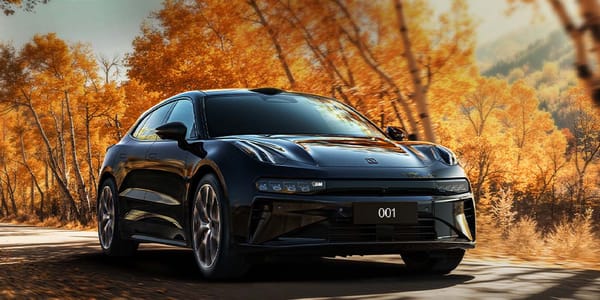Living with the Volvo XC60 T8 hits different
After 1.000 km's I learned is that my assumption that PHEV’s don’t actually make sense, still holds up perfectly fine.
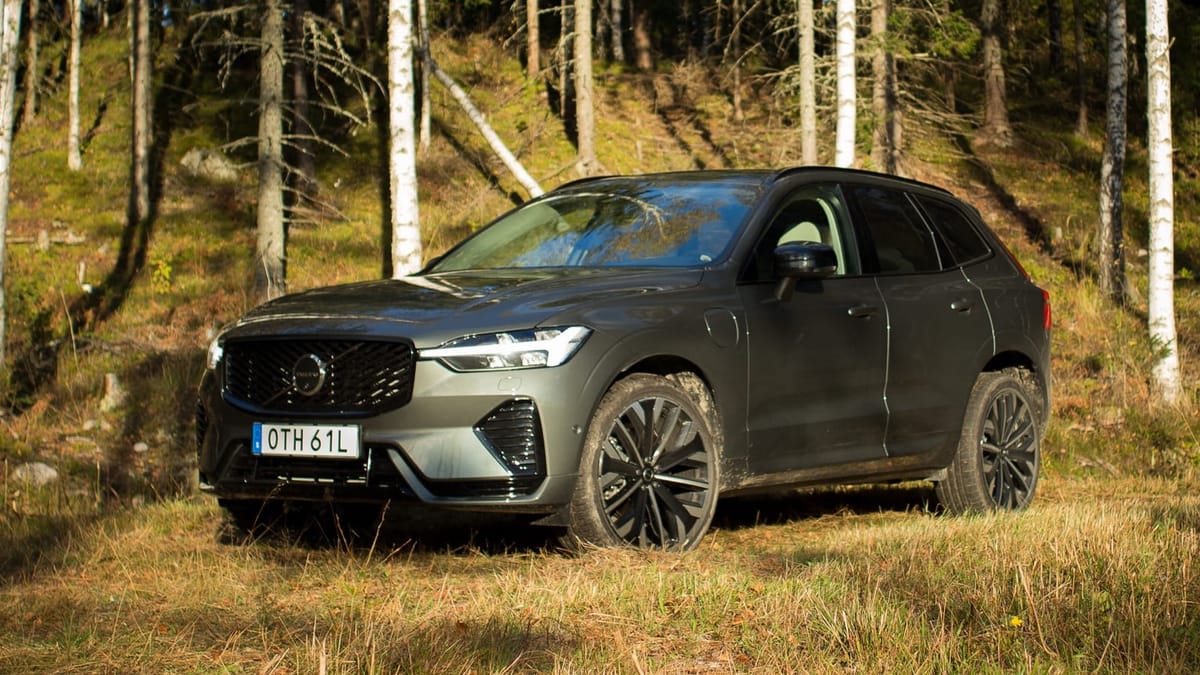
A couple of days ago I returned from a trip to Sweden. For this particular trip, I thought it would be fun to combine work and leisure and test drive a Volvo in the country where the brand is from. What I learned is that my assumption that plug-in hybrids (PHEV’s) don’t actually make sense, still holds up perfectly fine. I also learned that it doesn’t have any thing to do with the XC60 in itself. The car was way amazing to live with during my stay.
The learnings kept coming, because Volvo told me that the XC60 has been the best selling Volvo in Sweden ever since it was introduced. A fact that also made sense to me after the 10 days and more than 1.000 km’s with the actual car.
To be honest, all of the above didn’t really surprise me at all. I know Volvo makes comfortable cars that are generally easy to live with (with the exception being the EX90 which still has software issues). I think this is partly thanks to the Volvo-engineers that seem to think from a more human perspective than other brands tend to do. Although it might not be from the perspective of a taller than average human perspective, because I did hit my head quite hard on the trunk lid a couple of times because it did not open far enough.
The engineers do however think about tall people and their sitting position. I know, because I asked an engineer at the introduction of the EX30. A small car in which I could fit all my 1.98m comfortably. The XC60 does take this to a next level with amazing seats that can be adjusted to pretty much your specific liking. A plus: my XC60 had the optional massaging seats. A welcome treat on the long journeys of around 500 km I took.
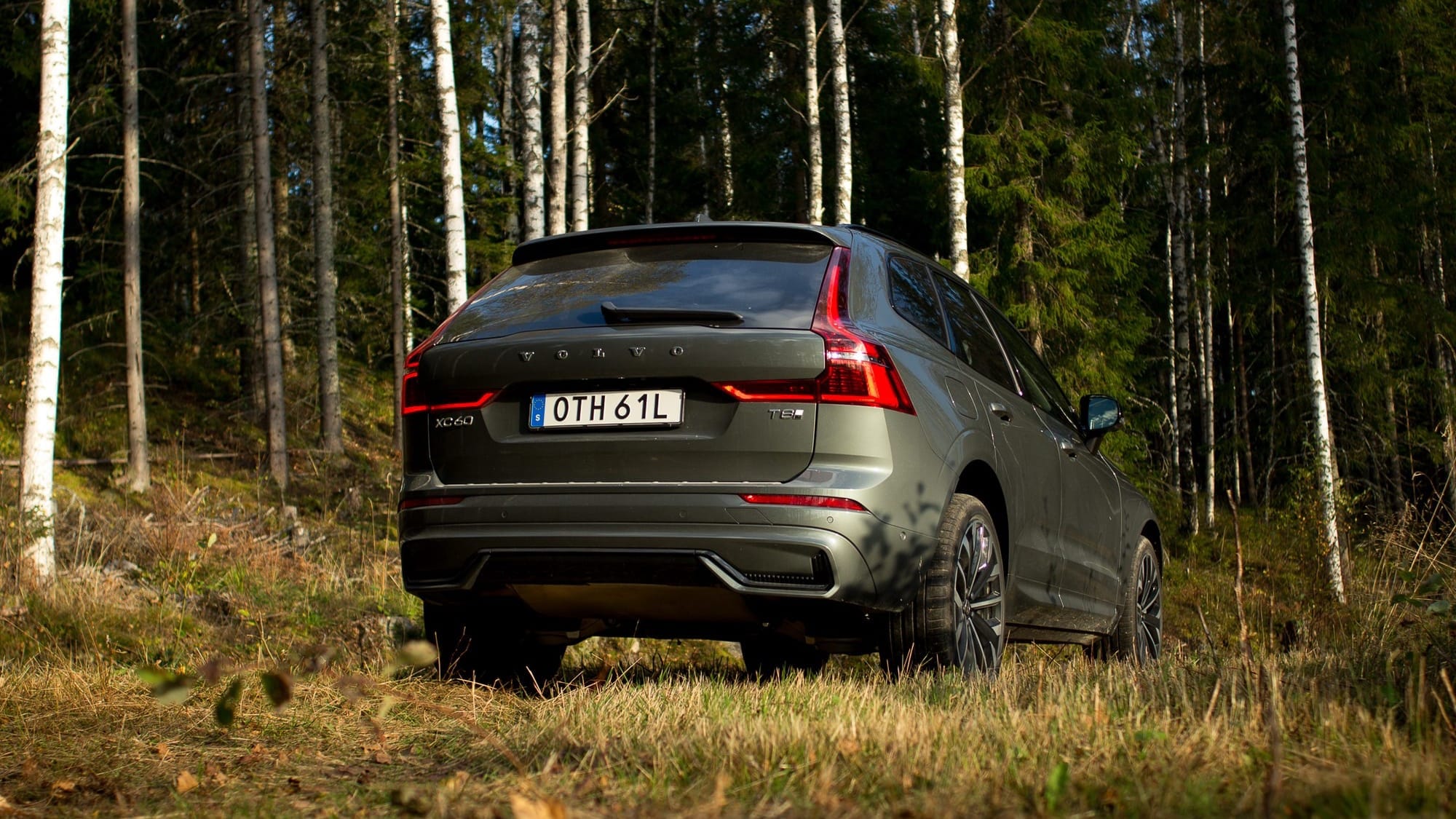
My wife, who sat next to me had a great massaging seat too, but my mother-in-law somehow came to preferring the back seat. Even when presented with the option to have a massage, she told us that the back seat was such a great and tranquil place to be, she’d rather relax there. Both a testament to the comfort of the seat, but also to the set up of the air suspension.
The Volvo engineers somehow found a nice balance between comfort and handling. The optional air suspension was never too firm, sometimes a bit too soft for my liking, while it seemed to be able to iron out most rough roads to a point our buttocks never had the chance to feel any of the unevenness that the wheels encountered. Which I imagine is quite a difficult thing to achieve when you’re having to deal with a mass of 2.150 kilograms.
The combined power output of both the electric motor and the combustion engine of 455 hp made sure I never noticed the insane weight of the car, until I tried to corner the thing with a bit of spirit. Even though the weight was placed low in the car because of the batteries, the suspension was not able to keep the mass in check and the car got a bit soft and tended to lean a bit to much into the corners. The ‘Pure’ setting, which made the suspension harder, fixed this to a point, but it still remained a bit uncomfortable, if I’m to believe the moans and ‘ooooohhhhhs’ coming from the back and my right. This might off course also be an issue I did create myself, but I’d like to call this thorough testing, or just doing my job.
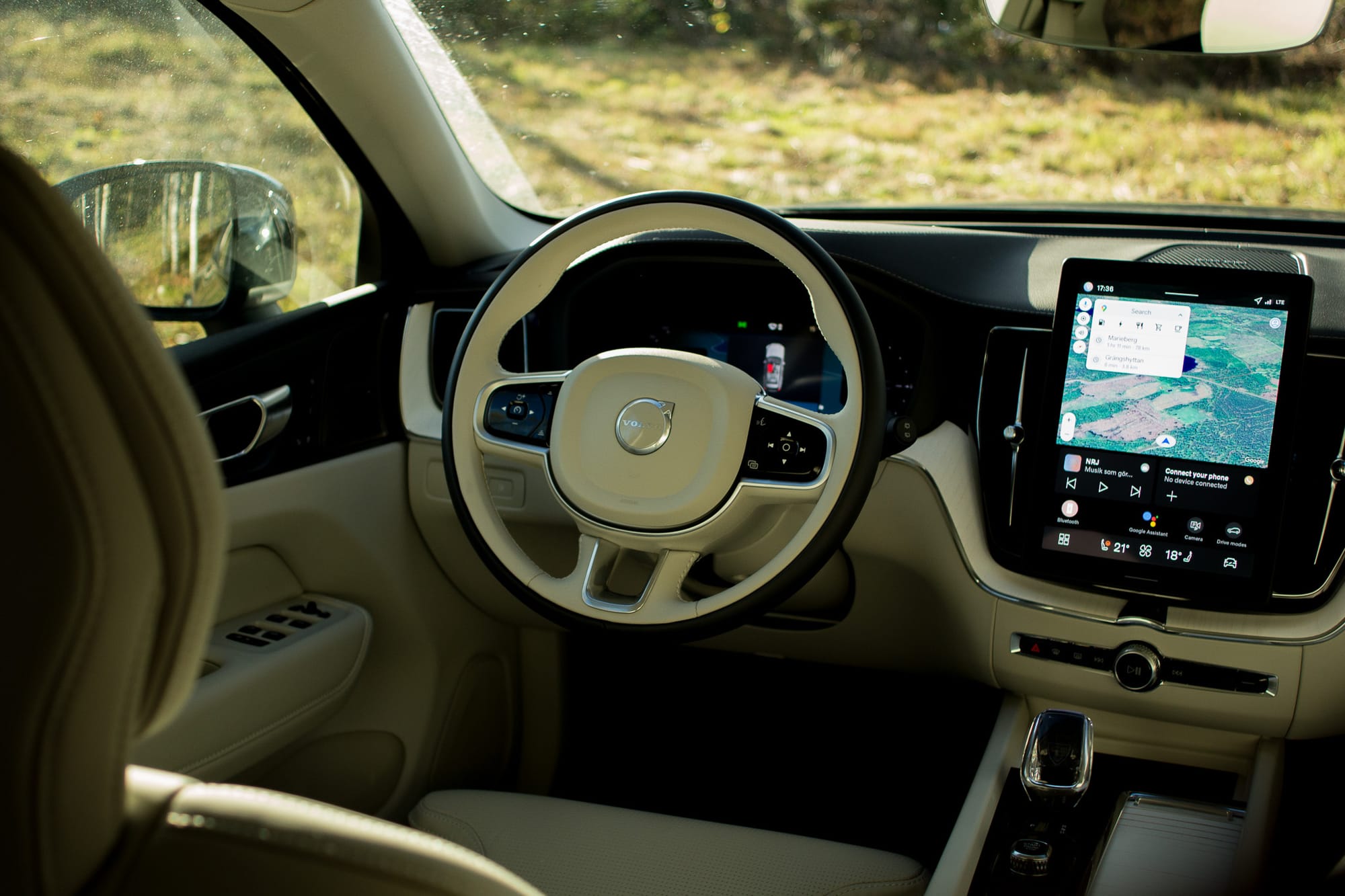
Anyway, that T8 hybrid powertrain is nothing less than sublime. It’s buttery smooth in almost all instances, except for when you try to give the car the beans and therefore needs to switch on the combustion engine. The combination of this and maybe a bit of turbo lag kicking in, makes a quick overtaking maneuver feel like a push in the back. But when cruising along, you’d be hard pressed to guess if the engine is running or if the XC60 is driving in pure electric mode. A dead give-away, I learned, is checking the gauge on the instrument panel. If it says 0 it’s burning gasoline. If not, it’s using batter power, which it mostly seems to prefer when in the ‘Hybrid’-mode. And it makes absolute sense, because it can drive fully electrically up to a speed of 125 kph, which covers most use cases.
But there is an issue here. Volvo says the XC60 should be able to do 85 km (WLTP) on a charge of the 19 kWh battery. I never managed it. A trip from the supermarket at the city of Orebro to my home in Grangshyttan is a little over 60 km, and it never managed it on a full charge. And since I live remotely without the ability to charge at home, that means I’m mostly lugging along said 19 kWh battery and the electric motor and all the elements for at least half the time on a round trip. And that could be seen in the fuel consumption. That was not that impressive at around 7.6 liters per 100 km’s. I think a mild hybrid XC60 would’ve been cheaper to run in my case.
I know it’s a very specific case I’m presenting here, but it does show you that PHEV’s are not the best solution to all problems for which they are presented. Yes, I could do 500 km’s comfortably without having the quick charge somewhere (the XC60 can’t quick charge and tops out at 11 kW), but after the battery went dead, the fuel consumption went up and the proposed range of the Volvo came down quickly from 1.050 km’s when I got in to around 650 km’s after a refuel with a dead battery.
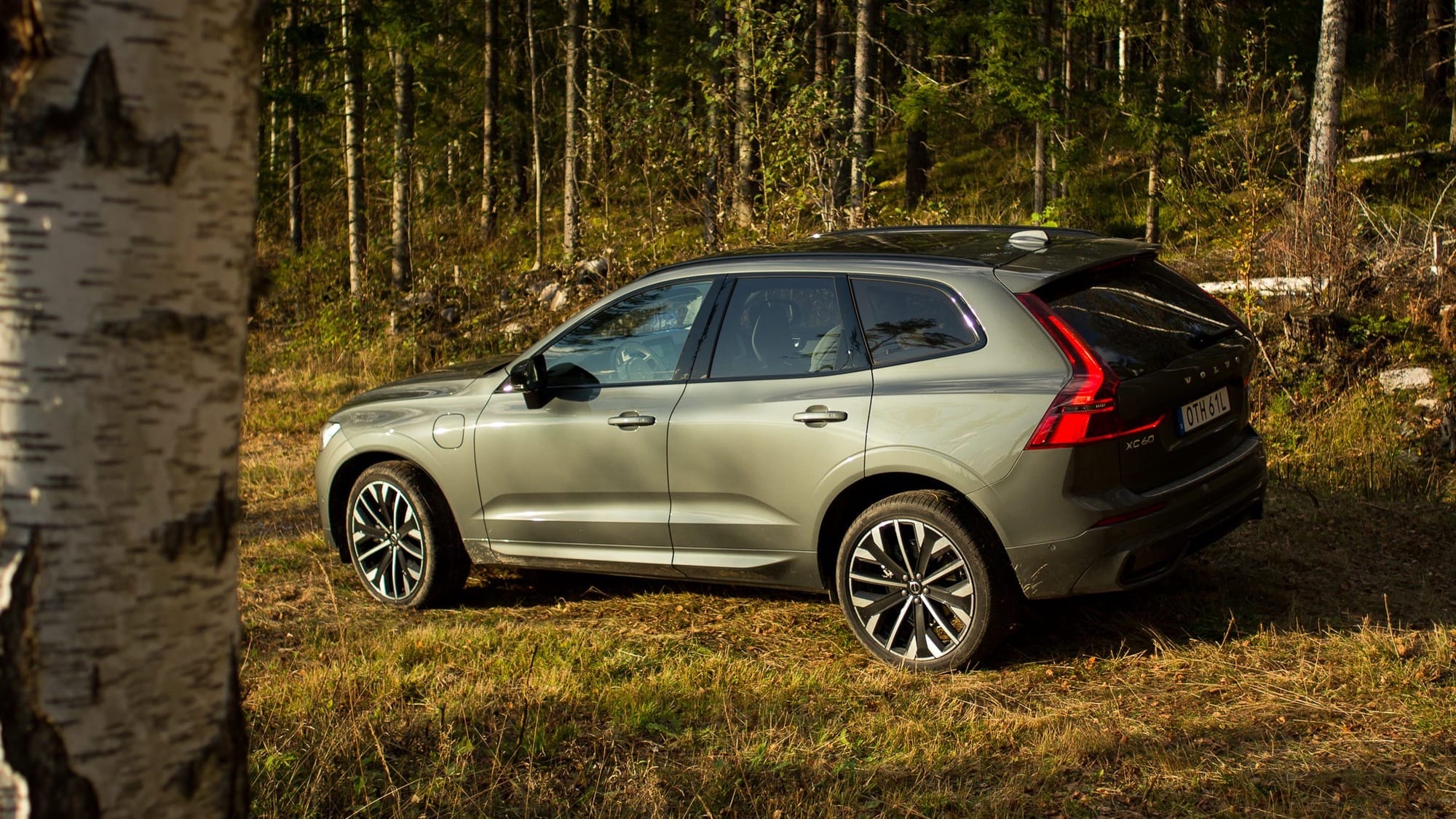
As for charging, you’ll be doing that a lot. 50-60 km real world range in good conditions (around 15 to 20 degrees Celsius) means a lot of the trips you take will deplete the battery for more than half. Which in turn means you won’t be able to take your next trip, so you’ll need to recharge. At a 11 kW charger that will take about an hour. My charge sessions were usually a bit longer, because, as I mentioned, I mostly drove around with an empty battery because that lack of charging options at my home and in the area.
All the ranting above can be forgotten if you have a charger at home or at a lot of places you regularly visit. If that’s the case, the XC60 is a very cheap car to run.
But living remotely gave me the option to do something I’d never thought to do with a Volvo XC60 with air suspension, 21 inch rims, plush carpets and white pleather interior: off-roading. I can report: it holds its own in mediocre muddy and rocky hill climbs. Even on tires that are clearly not meant to handle the amounts of crap they encountered on my drives. And I think most XC60’s in this world will never ever see the amount of dirt I presented my test car, but it’s nice to know that if you ever end up somewhere you’d think a Volvo shouldn’t be, the XC60 can probably get.
All good stuff, but what I mostly took away from my days and kilometers with this Volvo XC60 T8 is that it’s just a damn fine car to live with. The thing just works in every way. Set it up once, and you’re good to go forever. Controls are easy to find after you’ve learned them, but most of the daily stuff is there when you need it. While it’s a large car and offers immense amounts of space, it doesn’t feel like a big SUV in any kind of way.
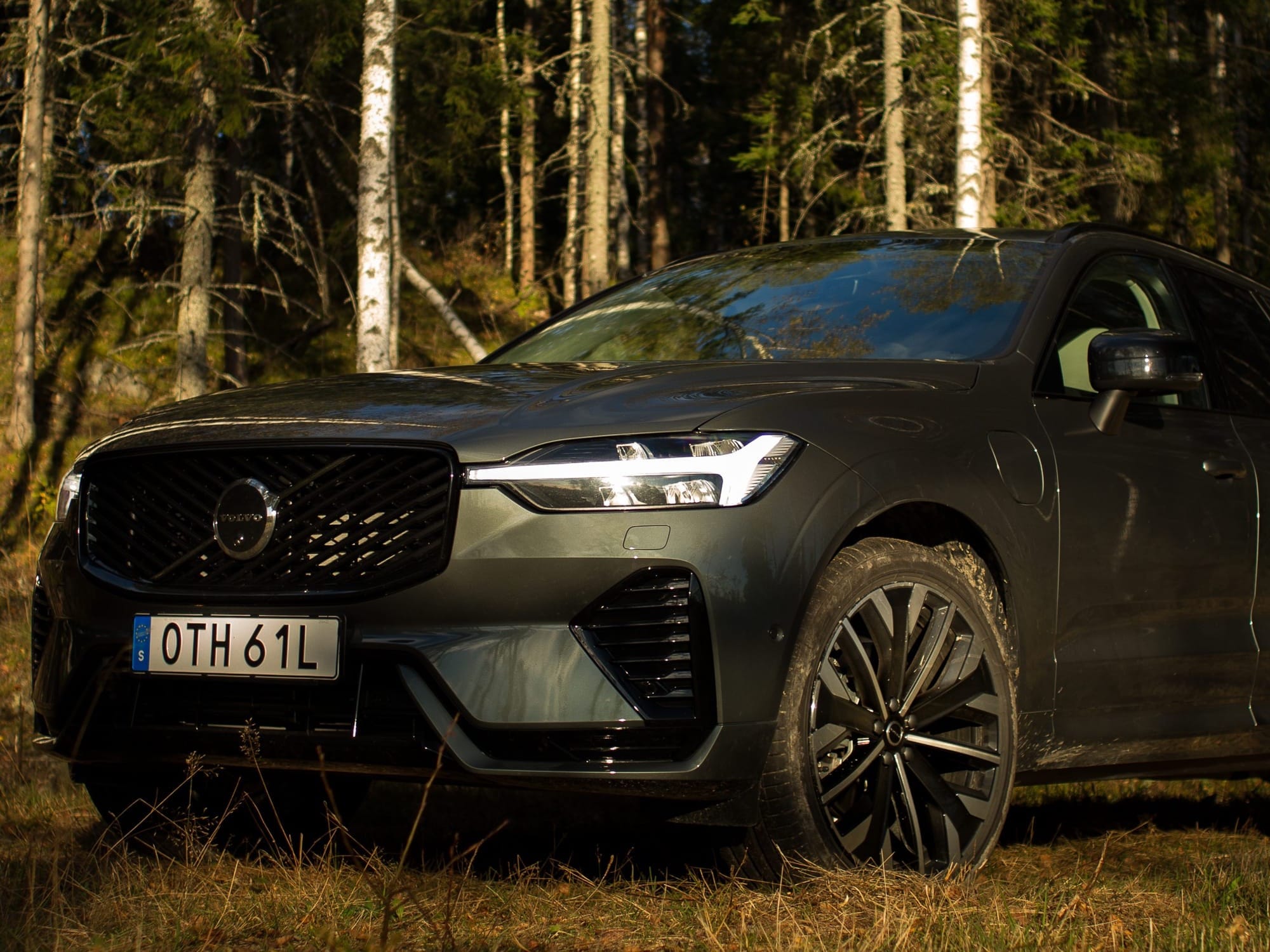
It’s endlessly comfortable, but more importantly: the car just makes you feel great and that is mostly thanks to the interior design. Wood and metal accents, clean lines and a feeling of spaciousness balanced out with really well curated color options (I’d go with the green wool option, not the white pleather). And I could keep going for a while, it’s one of those cars that’s hard to find a fault with. I even think the small touch ups Volvo did with the model update, finally make the car good to look at. Just the little things that make the difference between ‘yeah’ and ‘meh’. Even the price has dropped a bit.
Would I buy one? Probably not, which is incredibly sad, because it's not the cars fault. The XC60 is amazing, it's just that the drive train doesn't make sense in my specific use case. I’m sticking to my 'PHEV’s don’t make sense’ argument on this one. I would however go for a mild hybrid if there were to come one on offer, or I’d wait for the fully electric EX60 which Volvo will be presenting in January next year. One things is sure: I would definitely go for the Forrest Lake color on the car. It just looks so, so good.
In other news:
Polestar is quick to follow Volvo with the move to 800 volts in their largest EV's which are built on exactly the same platform. So no surprises there. If you bought either of the cars, you're probably feeling rather bummed out now that you know a better version is coming just few months after you bought yours. But both Volvo are trying to make it up to bummed buyers with a free upgrade. Not to 800v, that would mean a completely new platform, which wouldn't make financial sense at all, but you can get some new hardware for the onboard systems and infotainment. Which should get rid of the bugs that plague the EX90 as well as the 3. Geely could've just skipped the first versions of the EX90 and 3 completely. The fact these upgrades come so quickly after the delayed release, mean that they were already in development before the release of both cars. Letting people buy already out of spec cars and then releasing upgrades just a few months later is creating some real bad juju.
Did you know that BMW sold a brand new i3 last quarter? Weird, right? It shouldn't be possible because the car has been out of production for about five years now. But somewhere in the United States of America, the country where the i3 was almost given away with purchase of a stick of butter because demand was so low, a dealer found a customer for the great little lug of a car that was sitting around on his lot. Is the US coming around on EV's or is the i3 really gaining popularity? We can agree on one thing: the little car is aging very well.
The battle on the Chinese market is heating up. BYD is losing out to Geely. For the first time in months, BYD sales are declining with almost 10 percent, while Geely is -hold on to your seat- 96 percent. At the same time BYD is done building it's transportation fleet and is gearing up to get to a delivery target of 1 million cars a year.



